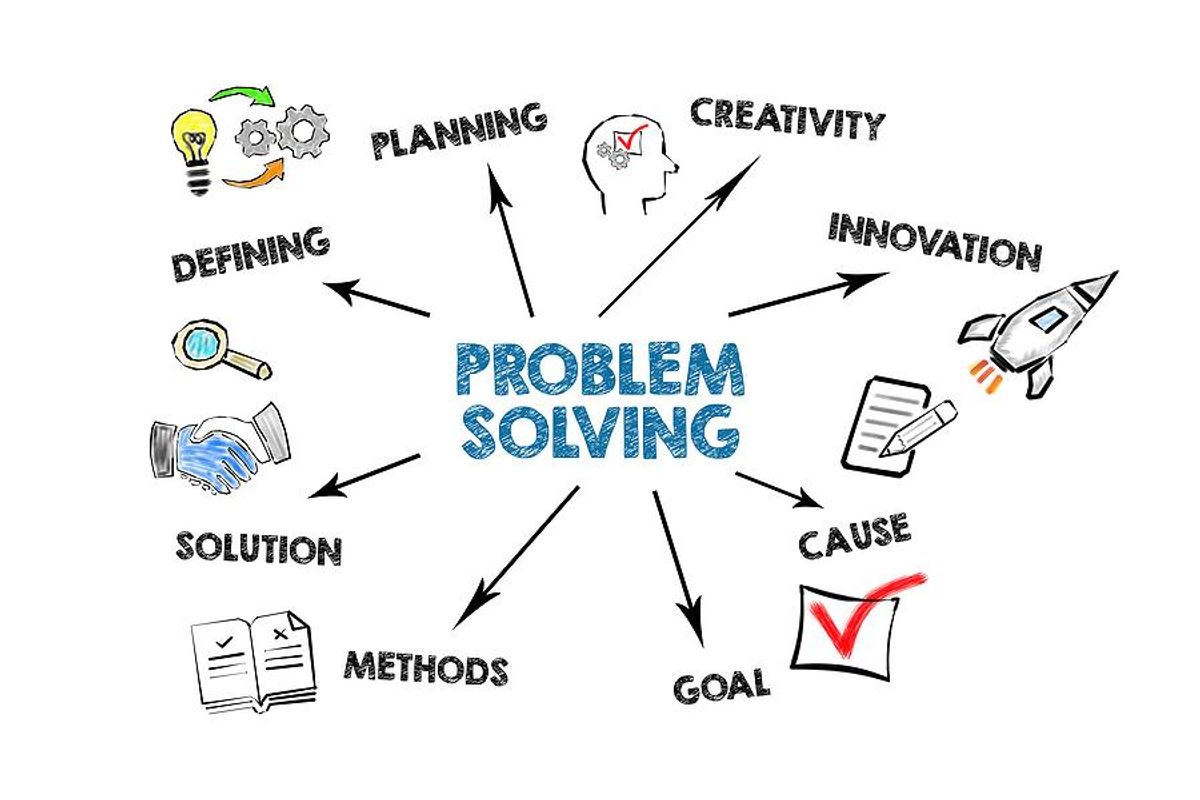Problem-Solving: Navigating the Path to Innovation and Growth
Problem-Solving: Navigating the Path to Innovation and Growth
Introduction:
From ancient civilizations to the modern era, humans have constantly faced challenges that demanded solutions. The art of problem-solving, the ability to tackle obstacles and find effective resolutions, lies at the heart of progress and innovation. In this blog, we will explore the significance of problem-solving, the key principles that underpin it, and how it drives individuals and societies towards growth and success.
The Essence of Problem-Solving: Unraveling Complexity
Problem-solving is a cognitive process that involves identifying issues, analyzing their root causes, and devising viable solutions. It requires critical thinking, creativity, and adaptability to navigate through the complexities of challenges encountered in various aspects of life.
The Key Principles of Problem-Solving
Define the Problem: Clearly defining the problem is the first step towards finding a solution. This involves understanding the scope, impact, and desired outcome of the problem.
Gather Information: Gather relevant data and information to gain a comprehensive understanding of the problem and its underlying factors. This step is crucial for making informed decisions.
Brainstorming: Encourage creative thinking and generate a wide range of potential solutions. Brainstorming allows for diverse perspectives and opens up new avenues for problem-solving.
Evaluate Options: Carefully assess the potential solutions based on feasibility, effectiveness, and alignment with the desired outcome.
Implement the Solution: Once the optimal solution is identified, put it into action. Effective problem-solving involves taking concrete steps towards implementation.
Monitor and Adjust: Continuously monitor the progress of the solution and be prepared to adjust strategies if needed. Flexibility is essential in problem-solving, as unforeseen challenges may arise.
Problem-Solving in Everyday Life
Problem-solving is not limited to complex technical challenges. It permeates all aspects of life:
Personal Life: From resolving conflicts in relationships to managing time efficiently, problem-solving skills empower individuals to lead fulfilling lives.
Education: In academia, problem-solving is an essential skill that fosters critical thinking, creativity, and a deeper understanding of concepts.
Business and Innovation: Entrepreneurial success hinges on the ability to identify market gaps, devise innovative solutions, and adapt to changing landscapes.
Global Challenges: From climate change to poverty, tackling global issues demands collaborative problem-solving on a grand scale.
Problem-Solving in Technology and Science
In technology and science, problem-solving has driven some of the most significant advancements:
Scientific Research: Scientists use the scientific method to identify and solve research questions, advancing our understanding of the world.
Engineering and Innovation: Engineers solve complex problems to develop new technologies and improve existing systems.
Computer Science: In software development, programmers use problem-solving skills to create efficient and reliable code.
The Growth Mindset: Embracing Challenges
A growth mindset is a key factor in effective problem-solving. It involves seeing challenges as opportunities for learning and growth rather than as obstacles. Those with a growth mindset are more likely to persevere through difficulties and continuously seek improvement.
Conclusion:
Problem-solving is the compass that guides us through the labyrinth of life's challenges. From personal dilemmas to global crises, the ability to approach problems systematically and creatively is a hallmark of human ingenuity. Embracing problem-solving as a skill and a mindset empowers us to overcome adversity, innovate, and create a better future for ourselves and our world. As we continue to tackle complex issues, problem-solving remains an essential tool in our pursuit of progress, driving us towards brighter horizons of growth and success.

Comments
Post a Comment